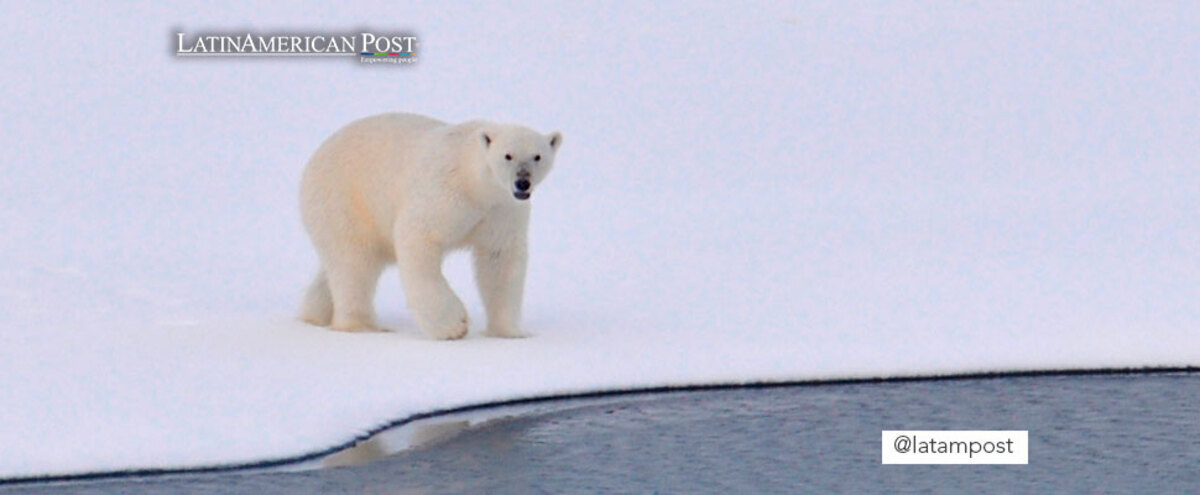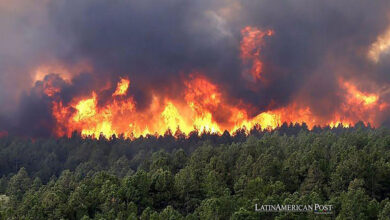New Polar Bears Discovered In ‘Impossible’ Places
The new discovery is very valuable to science as it shows that these animals can adapt to different challenging environments .

Photo: Pexels
LatinAmerican Post | Ariel Cipolla
Listen to this article
Leer en español: Nuevos osos polares descubiertos en lugares “imposibles”: ¿qué sabemos sobre ellos?
Recently, it was discovered that a hitherto “secret” population of polar bears exists in Greenland. Let us remember that this territory seems impossible to inhabit, since, during most of the year, it is not covered with sea ice, which is necessary for these animals to hunt . However, these bears adapted surprisingly well to their environment.
According to National Geographic, this population of polar bears is truly special. The reason? Well, they survive without sea ice, something that scientists thought "impossible" for many years , even for that species. In other words, everything seemed to indicate that polar bears should not exist in Greenland.
It should be noted that polar bears, although they are good swimmers, are land animals. In this particular case, these creatures usually hunt different marine species through the cracks and holes that are generated in the ice. For example, seals often use these spaces to breathe.
The polar bears of southern Greenland and their adaptation without sea ice
In the case of southern Greenland, which is the location where this group of animals with genetic characteristics of adaptability to extreme cold were found, the sea ice season lasts less than 4 months.
According to a publication in Nature Magazine, the curious thing is that this isolated subpopulation, of hundreds of individuals, managed to adapt to hunting in the "ice mélange", which is nothing more than a mixture of sea ice, icebergs, and snow without an iceberg. According to genetic analysis, this population was isolated from others for at least 200 years.
It should be noted that, so far, the monitoring of these subspecies indicates that they do not move in large directions. Sometimes they would get caught in a current, so they would swim to shore and return home to avoid danger, Laidre reports.
So if these bears "were not supposed to be there," what accounts for their appearance? First of all, it should be noted that the indigenous hunters of Greenland always said that there were polar bears in the fjords. When the local government sought to know the distribution of these animals, bears that had not been previously studied were identified.
The study, currently published in the journal Science , indicates that they are 100% different from the 26,000 polar bears that exist today and that they are in danger of extinction. For example, according to National Geographic, most polar bears need sea ice to survive, since they can hunt seals, which are one of their favorite foods.
In addition, sea ice is a platform for polar bears to breed. However, it appears that this subspecies can survive without sea ice for more than three months. And this gives great hope, as it could prevent the animal from falling into extinction , should the population increase.
However, this does not seem to solve another essential problem, which is that of climate change. That is, if temperatures rise, polar bears in other parts of the Earth will not be able to adapt to climatic conditions. It is true that this subspecies from Greenland would be more prepared to do so, but it would be an exception or a "focus of resistance".
It should also be noted that, according to the researchers, the bears of southeastern Greenland should be recognized as the "20th subpopulation of polar bears in the Arctic". However, this will depend on the International Union for Conservation of Nature, which will have to decide this based on some aspects.
For example, if it will be beneficial for the ecosystem to consider them a separate population and even the exact number of bears in the population, since there are no fixed samples on it. In any case, the genetic variations of bears indicate that these species must be cared for and protected.
Also read: What Do Security And Climate Change Have To Do With Each Other?
Populations isolated by genetic mutations are often more vulnerable from an evolutionary standpoint, according to Steven Amstrup, chief scientist for Polar Bears International at National Geographic. And, in addition, he left a prediction: in the future it will be more and more common for new fragmentations of bears to arise, due to the new climatic conditions.




